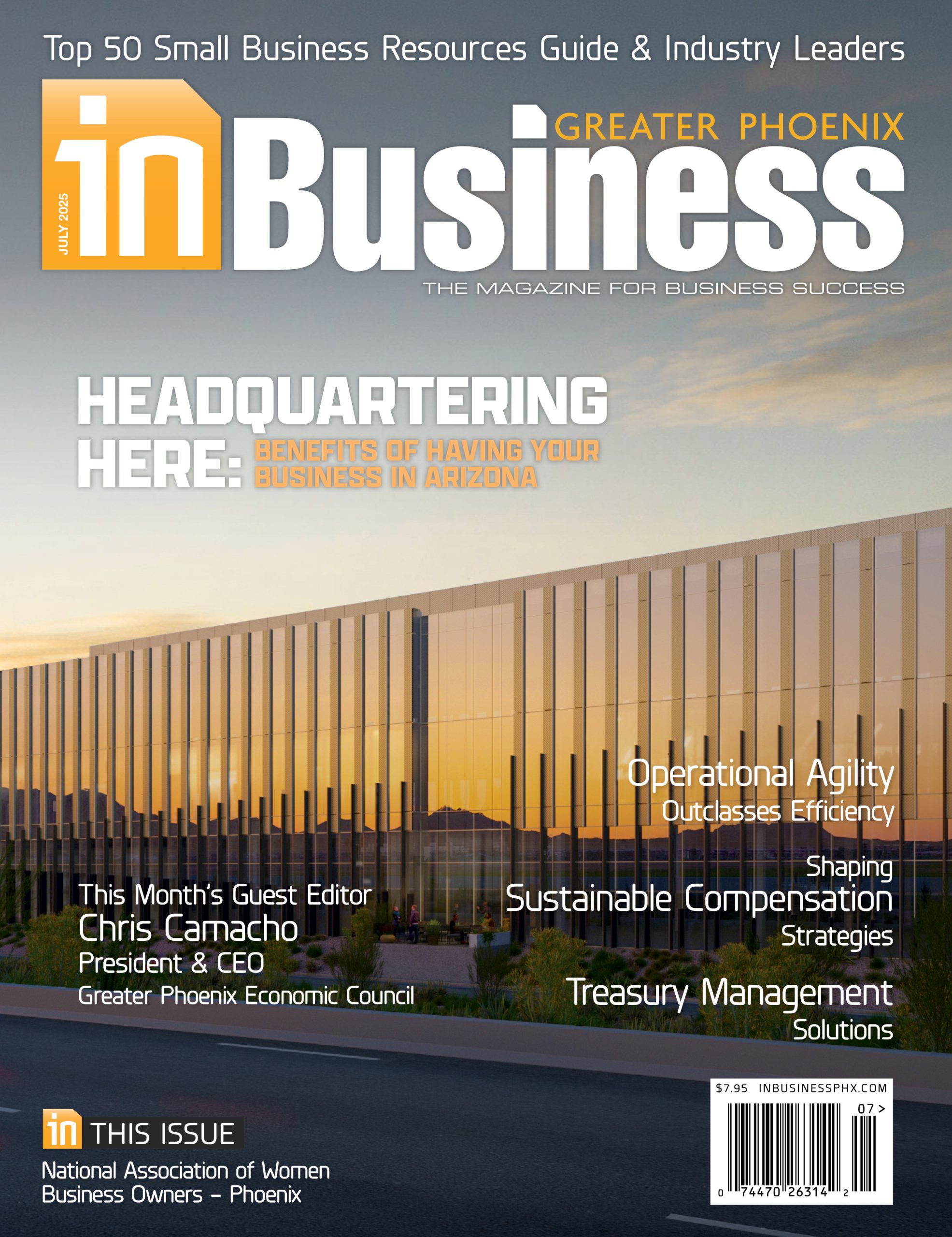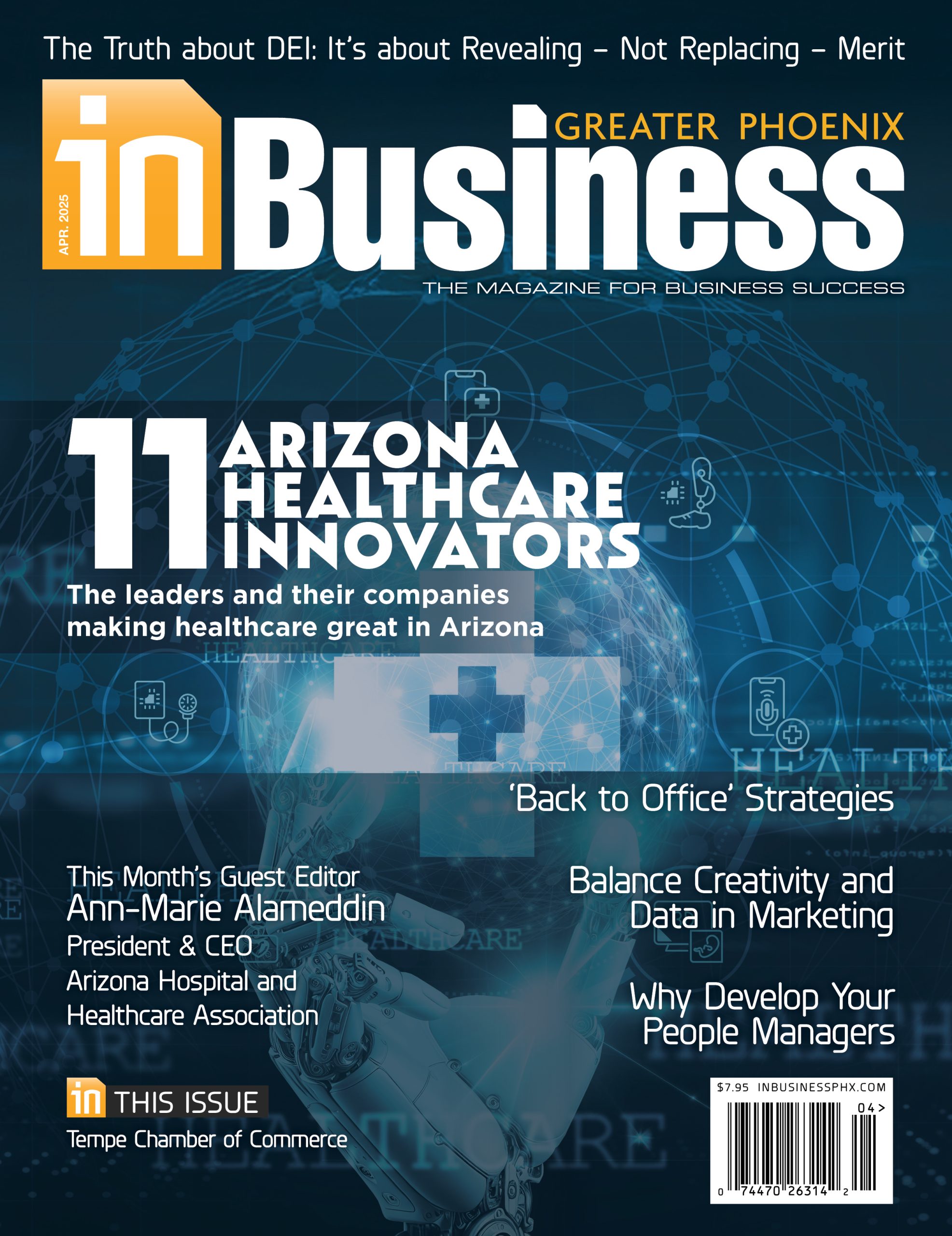Grid8, a leader in AI-powered interconnection solutions, today announced the launch of its new Interconnection Dashboard, a free tool now available. The dashboard provides real-time visibility into interconnection queue requests across U.S. Independent System Operators (ISOs) and utilities, enabling data center operators and clean energy developers to discover where projects are being proposed, track approval progress, and plan their grid connections more effectively.
Grid8 launches a free Interconnection Dashboard to help data centers and clean energy developers access the grid faster.
The Interconnection Dashboard aggregates weekly updated data from a wide range of U.S. ISOs and utilities, standardizing it into interactive, easy-to-use visualizations. The tool provides stakeholders with a clear and transparent view of interconnection activity, helping them identify opportunities to access the grid more quickly and cost-effectively.
Key features include queue analytics by geography and technology, allowing users to explore interconnection requests mapped by county, power market, and generation type to identify areas where projects are clustered and where potential congestion risks exist. Capacity trends over time help track how interconnection capacity requests have evolved historically and by state, offering a clear view of backlog trends and growth hotspots.
Users can also access project-level details, including the location, technology type (such as solar, wind, or energy storage), provider, project status (active, withdrawn, operational), and proposed completion timelines. Grid8 gathers and processes this data weekly to ensure accuracy, consistency, and reliability—transforming complex ISO data into clean, ready-to-use datasets.
“Interconnection delays are one of the biggest bottlenecks holding back U.S. energy development and data center expansion,” said Manas Pathak, CEO of Grid8. “By making this dashboard free and publicly accessible, we’re providing developers with the information they need to find faster, cheaper paths to grid access and avoid costly surprises.”












